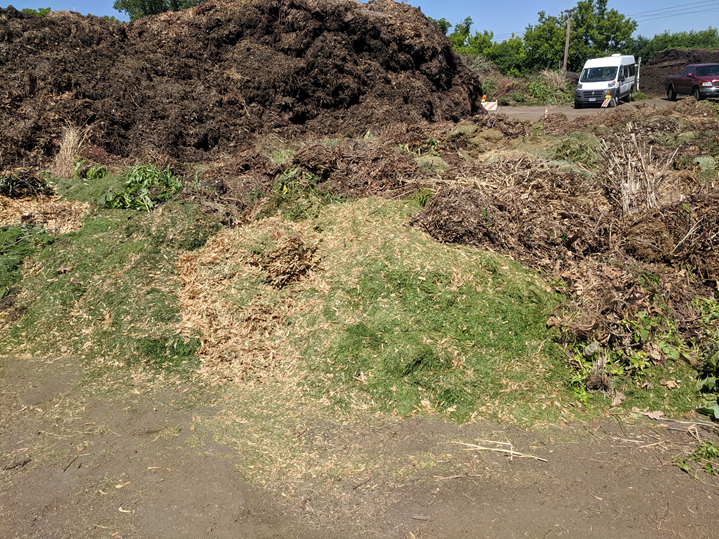Do you believe that if you collect clippings from a weedy lawn, it will cut down on the number of weeds next year? What about bagging clippings to cut down on the amount of thatch in your turf? Get the real 'dirt' on these common misconceptions and more about lawn mowing.
Misconception #1: Collecting or bagging lawn clippings in a weedy lawn will cut down on weeds.
The idea behind this misconception is that by removing the clippings and weed seedheads, I will be reducing the number of weeds in my lawn for next year. This may seem like an intuitive strategy for reducing weeds in a lawn over time, but the research doesn’t support this practice as being effective.
Generally speaking, if you have weeds in your lawn already, there is a very strong chance there are thousands of other weed seeds already present in the soil. These weed seeds can be viable for years or decades, so removing lawn clippings and weed seedheads will likely not actually reduce the amount of weeds present.
Furthermore, by removing lawn clippings from the lawn, you are removing up to 2.0 lbs N / 1000 ft2 per year that the lawn would use to be thicken and reduce weed pressure over time. After all, a dense, healthy turf is the best defense against weeds.
Misconception #2: Collecting or bagging lawn clippings will reduce the amount of thatch in my lawn.
Another misconception with collecting or bagging clippings is that it will reduce or prevent thatch in the lawn. The thatch-mat layer that can build-up over time is made up of partially dead or decaying plant material containing lignin. Turf leaves (which are what we are cutting when we mow) contain little lignin and are easily broken down by soil microbes over the span of a few weeks and do not significantly contribute to thatch.
Some species, such as Kentucky bluegrass, spread by rhizomes and grow a little more aggressively, naturally creating a thatch-mat layer. Other species, such as tall fescue or the fine fescues, do not readily create a thatch-mat layer.
Misconception #3: If I mow the grass shorter, I won't have to mow as often.
While your mower may technically be capable of mowing your lawn from 6 to 8 inches down to 2 inches every two weeks, it is not recommended. Mowing more than 1/3 of the leaf blade in a single mowing event can damage the turf plants, making them prone to other stresses such as drought, heat, insect, or diseases.
By maintaining your lawn at a taller height, you will have a lawn that requires less watering, and is more heat, insect, and disease tolerant throughout the growing season. Finally, by mowing according to the 1/3 rule, you will also have to mow your lawn less frequently throughout the year.
As an example, when mowing your lawn at 3.0 inches, you would want to mow the lawn when it gets to 4.5 inches (removing 1.5 inches of turf is equal to 1/3 of the lawn height at 4.5 inches), which would occur about every 7 days for most of Minnesota. But when mowing your lawn at 4.0 inches, you would want to mow the lawn when it gets to a height of 6.0 inches, which would occur about every 10 to 12 days.
If the lawn does get too tall for removing less than 1/3 because of weather or other circumstances, consider mowing the lawn down in stages of mowings with a few days between for the lawn to recover.
Want to know more about healthy lawn mowing practices? Click here. Other lawn-related topics can be found at this Extension Lawn Care web page.
WCCO’s Smart Gardens podcasts feature UMN horticulture educators who answer listeners' questions on gardening. To hear the latest episode featuring Jon Trappe answering questions about lawns, listen to the 7/20/19 episode.
References
Law, Q.D., Bigelow, C.A., and Patton, A.J. 2016. Selecting turfgrasses and mowing practices that reduce mowing requirements. Crop Science, 56(6), 3318-3327.
Gaussoin, R.E., Berndt, W.L., Dockrell, C.A., & Drijber, R.A. 2013. Characterization, development, and management of organic matter in turfgrass systems. Turfgrass: Biology, use, and management, 425-456.
This post has been reprinted with permission from the University of Minnesota Extension Yard and Garden News (July 19, 2019). The original article can be found here.
